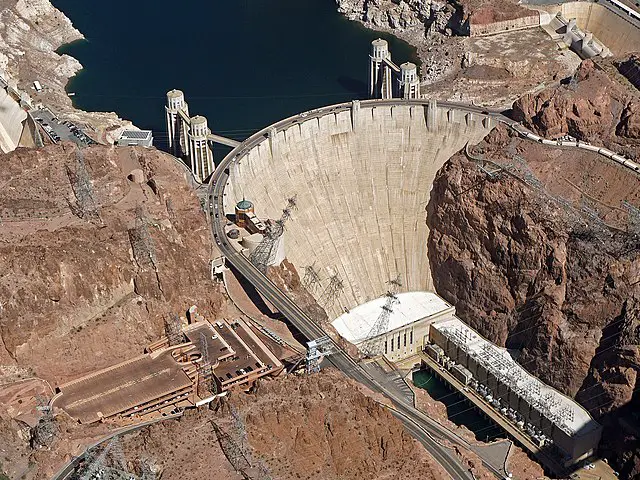


The Hoover Dam is a concrete arch-gravity dam in the Black Canyon of the Colorado River, on the border between the U.S. states of Arizona and Nevada. It is one of the most iconic and popular tourist destinations in the American Southwest, and is known for its impressive engineering and unique history. The dam was built between 1931 and 1936 during the Great Depression, and was named after President Herbert Hoover. The dam is 726.4 feet (221.3 m) tall and 1,244 feet (379 m) long, and it impounds Lake Mead, which is the largest reservoir in the United States by volume. The dam generates hydroelectric power and provides water for irrigation and other uses in the Southwest. Visitors can take a tour of the dam and learn about its history and engineering, including the construction process, the impact on the surrounding area, and the role of the dam in the development of the Southwest. A tour of the dam includes a visit to the Visitor Center and an elevator ride to the top of the dam, where visitors can enjoy panoramic views of the surrounding area. Visitors can also take a guided tour of the Power Plant, which is located at the base of the dam. The tour provides an up-close look at the inner workings of the dam, including the turbine generators and the spillways. There is also a boat tour on Lake Mead, which offers great views of the dam and the surrounding area.
The Hoover Dam is also a popular spot for outdoor activities such as hiking and rock climbing, with several trails and routes that offer beautiful views of the dam and the surrounding area. Visitors can also take a helicopter tour of the dam, which offers an aerial view of the impressive structure.
The Hoover Dam is easily accessible by car, with the dam located about 30 miles southeast of Las Vegas, Nevada and 45 miles northwest of Phoenix, Arizona. Visitors can also fly into Las Vegas McCarran International Airport and take a connecting shuttle or rental car to the dam. The Hoover Dam is an impressive engineering and architectural feat, and it is a symbol of America.


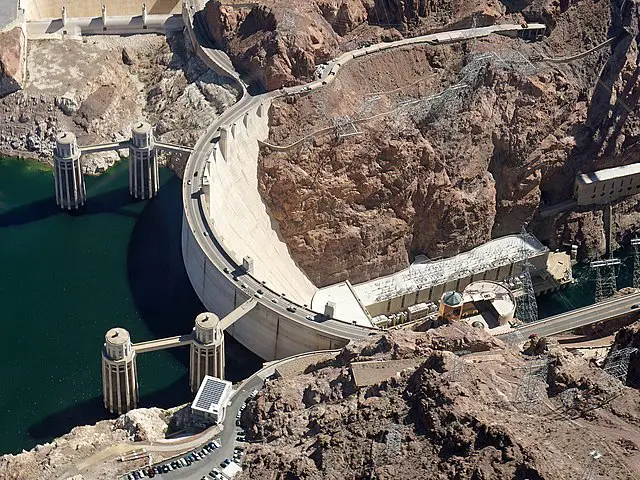
The Glen Canyon National Recreation Area is a 1.2 million acre area in northern Arizona, known for its scenic beauty and recreational opportunities. The area is located on the border of Arizona and Utah, and is centered around Lake Powell, which is a man-made lake created by the Glen Canyon Dam. The lake is the second largest reservoir in the United States, and is known for its clear blue water and red rock cliffs. One of the main attractions in the Glen Canyon National Recreation Area is Lake Powell, which offers a wide range of recreational activities such as boating, fishing, and swimming. Visitors can rent boats and houseboats and explore the lake, which offers more than 1,960 miles of shoreline and 96 major canyons. Visitors can also take a guided boat tour of the lake, which offers great views of the red rock cliffs and other natural wonders. The area is also popular for hiking, with several trails that offer great views of the lake and the surrounding area. Some of the most popular hikes include the Horseshoe Bend Trail, the Wahweap Hoodoos Trail, and the Rainbow Bridge National Monument. Visitors can also take a guided hiking tour of the area, which provides an in-depth look at the natural history and geology of the region.
The Glen Canyon National Recreation Area is also home to several campgrounds, which offer visitors the opportunity to camp and enjoy the great outdoors. Visitors can also stay at one of the area’s many resorts, which offer a range of accommodations, from simple camping to luxury suites. The area is easily accessible by car, with the nearest major city being Page, Arizona, which is located about 5 miles from the Glen Canyon Dam. Visitors can also fly into the Page Municipal Airport or the McCarran International Airport in Las Vegas, Nevada, and take a connecting shuttle or rental car to the area.
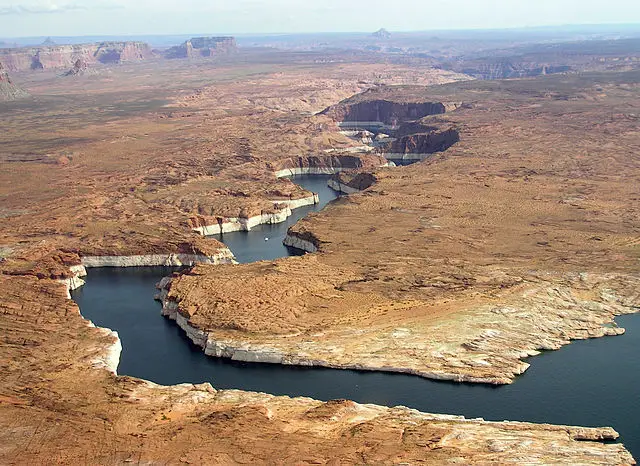
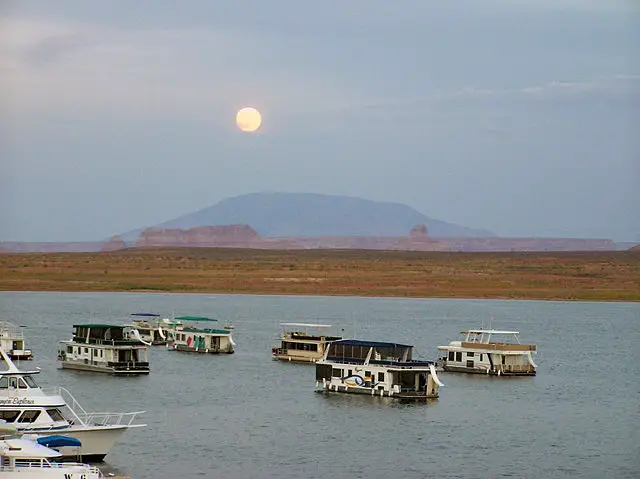

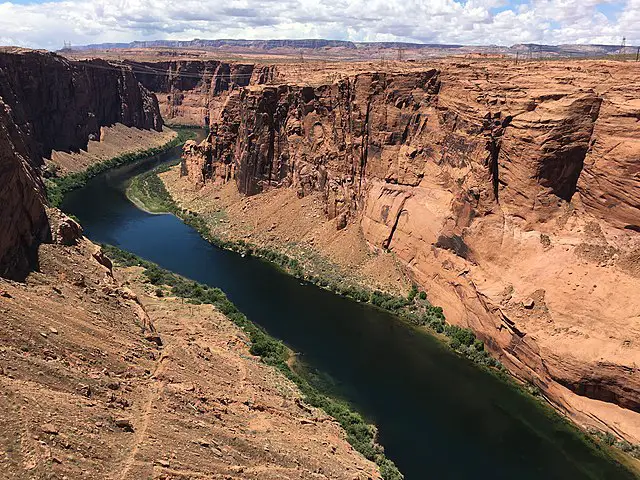
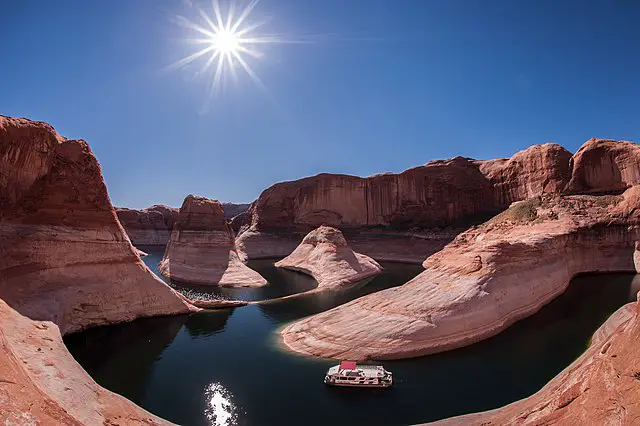
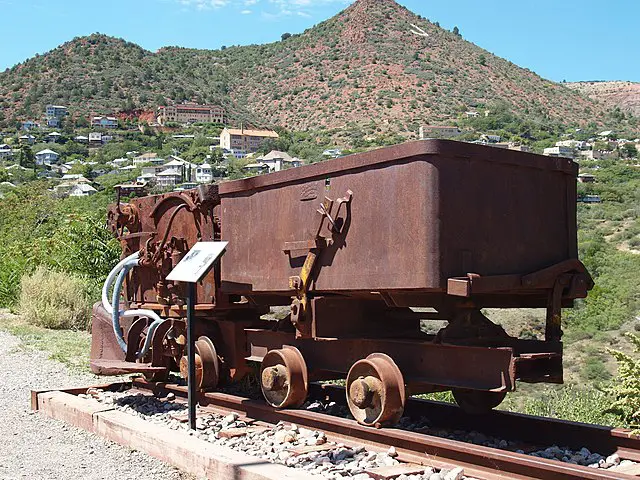
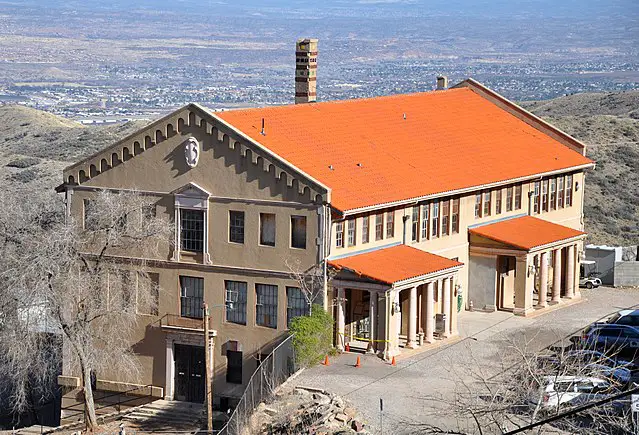

Jerome is a historic mining town located in the Black Hills of central Arizona. It’s known for its Victorian architecture and mining history, as well as its stunning views of the surrounding landscape. The town was established in the late 1800s as a mining camp and quickly grew to become one of the largest copper-mining towns in Arizona.
One of the main attractions in Jerome is the Jerome State Historic Park, which is home to the Douglas Mansion, a former home of one of the town’s most successful mining entrepreneurs. The mansion offers tours that provide an insight into the history of the town and the lives of the people who lived there. The park also has a museum that showcases the history of mining in Jerome and the surrounding area.
Jerome is also known for its Victorian architecture, which is evident in the many historic buildings that have been preserved in the town, such as the Old Jerome High School, which is now an art center, and the Connor Hotel, which is now a hotel and restaurant. Visitors can take a walking tour of the town and learn about the history of the buildings and the people who lived in them.
Jerome is also home to several art galleries and shops, which offer a variety of unique and locally made art and crafts. Visitors can also indulge in the local dining scene, which offers a variety of options, from casual eateries to fine dining.
The town is also a great destination for outdoor activities such as hiking and biking. The Sedona area is nearby and offers a variety of trails and routes that offer beautiful views of the surrounding landscape. Visitors can also take a scenic drive on the Jerome-Clarkdale-Cottonwood loop, which offers great views of the surrounding area and passes through the towns of Jerome, Clarkdale, and Cottonwood.
Jerome is located about 90 miles north of Phoenix and about 100 miles south of Flagstaff. Visitors can also fly into the Phoenix Sky Harbor International Airport or the Flagstaff Pulliam Airport and take a connecting shuttle or rental car to Jerome.
